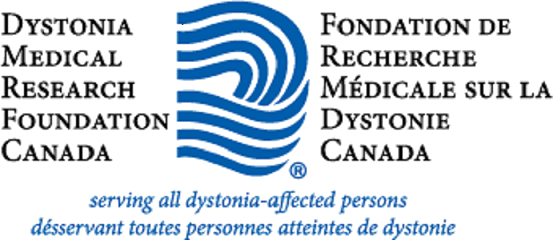Welcome to Dystonia Medical Research Foundation of Canada
Support Groups
Join a group in your area to connect with others living with dystonia
Find a Doctor
Find a List of Dystonia Treaters Near You
Mental Health Supports
Are You Feeling Hopeless? Having Thoughts of Suicide? Help is available and you are not alone.
Upcoming Events
Join the Thompson/Okanagan Dystonia Support & Awareness Group for a monthly virtual Teams meeting.
Dates:
In 2026 this meeting will be held on the 7th of each month.
Time: 7 PM – 8:00 PM Pacific Time (…
Read moreDystonia Canada News
DMRF Canada is proud to support scientific meetings and educational programs that foster collaboration, spark new ideas, and advance our understanding of dystonia. These gatherings provide vital opportunities for clinicians, researchers, and trainees to share knowledge and identify new avenues toward better treatments, improved diagnoses, and ultimately, a cure.
Meetings, Workshops, and Conferences2026Coming Soon.
Read more...Dystonia Medical Research Foundation (DMRF) Canada is pleased to announce the recipients of the 2025 Jackson Mooney Patient Grant for Dystonia (JMPG). This annual grant, established by Jackson and Jefferson Mooney, aims to provide financial assistance of up to $5,000 for Canadian residents living with dystonia who are in financial need and committed to enhancing their current situation through furthering their education.
This year’s recipients, Lauren Allard and Abi Tripp have demonstrated exceptional dedication and resilience in their personal and academic pursuits.
Read more...




